FROM SMOOR TO ISISHEBO
Relishing chakalaka, monkey gland – and good old Mrs H.S. Ball’s
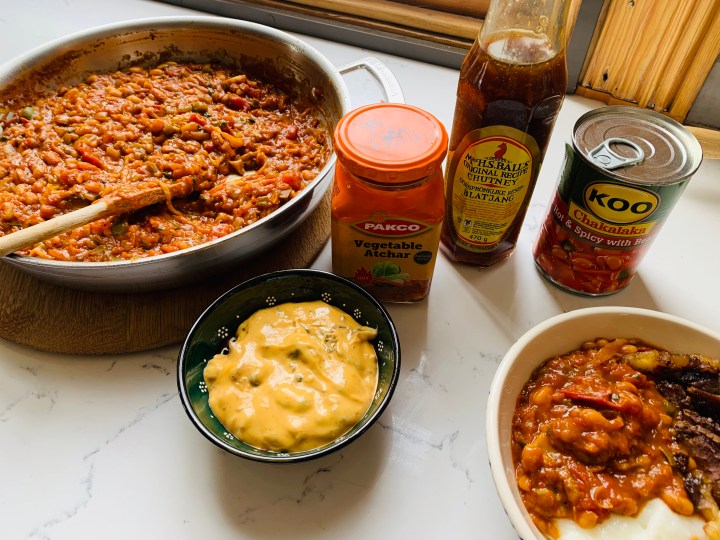
Often overshadowed by the fatty allure of a Karoo lamb chop, the traditional braai relish is essential to a balanced plate. It offers just the right contrast and has much to reveal of the different food regions in South Africa.
South Africa’s fire fumes will be smelt from space today when we express our Heritage Day patriotism by braaiing. Packed roosters will create an unofficial eating marathon.
However, braaiing is not the only thing our combined SA food heritage holds. We also eat things with our braais… like braaibroodjies, pap and smoor, chakalaka or chutney, even Monkey Gland Sauce.
Often overshadowed by the fatty allure of a Karoo lamb chop, the traditional braai relish is essential to a balanced plate. It offers just the right contrast and can also tell of the different food regions in SA.
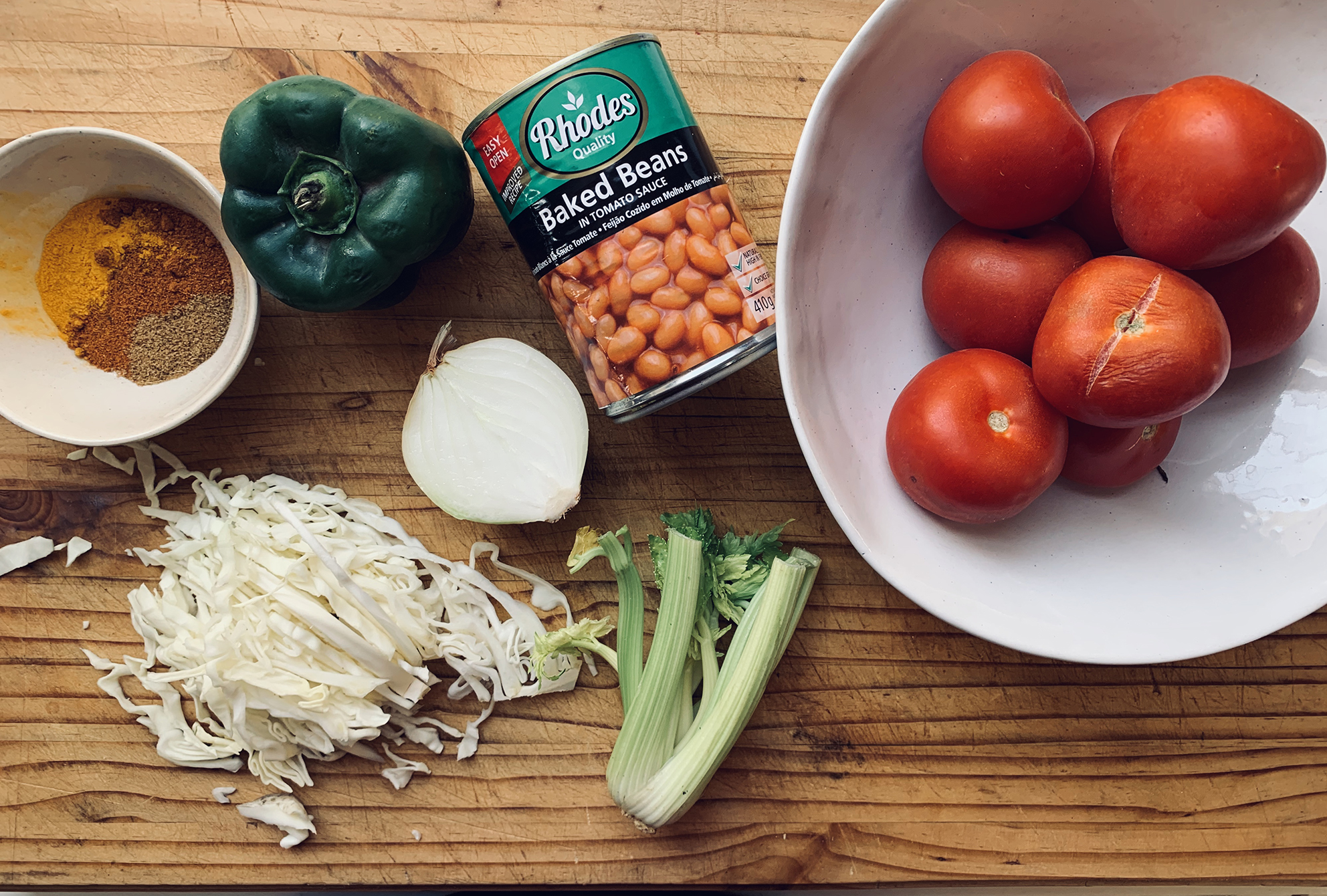
Chakalaka starts when fresh ingredients are on their end. The recipe isn’t set in stone, because the idea is to add what you have available – including some tinned baked beans in tomato sauce.
A sauce is often made to stretch the last bit of the wilting cabbage in the fridge, along with those two remaining carrots, half an onion, the squashed tomato from the bottom of the pile and whatever else you can find in your kitchen – into a relish or side dish that can feed many and will last longer, developing more flavour as it goes.
You’ll have a “smoortjie” in Cape Town, and “isishebo” in the Eastern Cape. The Free State folk enjoy “sous” with their pap, and a variety of home-cooked sweet mustards with select braai produce. In Gauteng and Limpopo, chakalaka comes standard while Durban will probably knock your socks off with a spicy atchar to go with your wors.
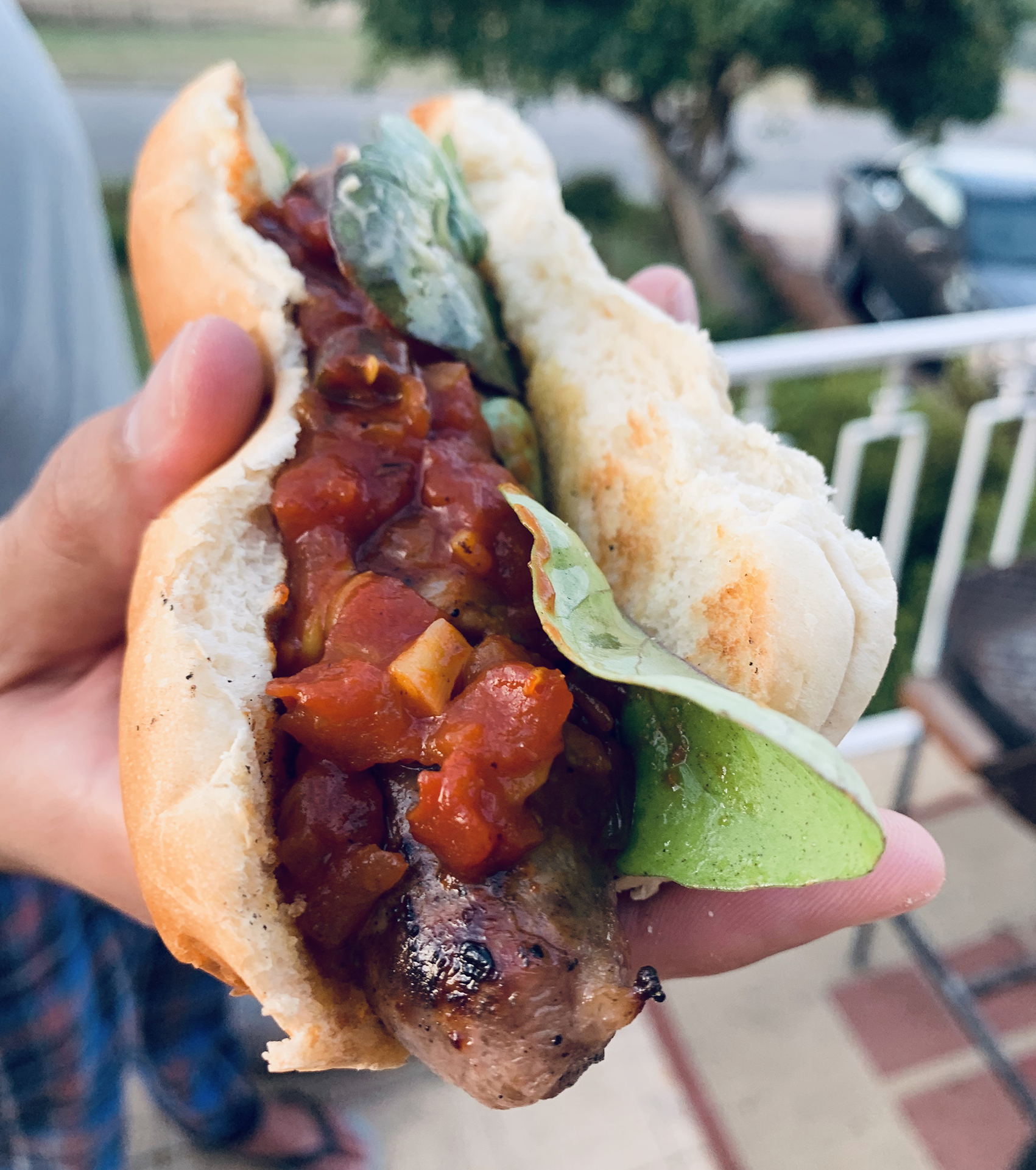
The famous Cape Malay-inspired ‘tamatiesmoortjie’, loved across South Africa as the perfect relish to serve with a traditional ‘boereworsrol’.
And then, across the board, you’ll find Mrs Ball’s to be a suitable store-bought substitute for any of the above.
Samin Nosrat describes in her award-winning New York Times bestseller and Netflix series Salt, Fat, Acid, Heat… how these four elements of good food come to life when used together in the right way. Applied to South African food, braaivleis is an almost complete package, boasting the use of fat and salt and heat in one dish. Add to this equation a spoonful of tangy Mrs Ball’s and you’re set for Michelin status.
Watch Samin Nosrat’s tips for salting meat:
Chutney is of Indian origin, but considering the history of Mrs Ball’s, this specific brand is pretty much as South African as it gets. The daughter of an Eastern Cape, King William’s Town-based man, Henry James Adkins, made her mum’s family recipe chutney on her small primus stove in Joburg, while raising seven kids.
During the First World War Amelia Alice Elizabeth Ball made and sold her chutney for an extra buck on the side. It was only in the mid-Twenties, when a family friend in the exporting business started helping with marketing, that it boomed.
The rest is history. The business was eventually sold on to Tiger Consumer Brands Limited in 2013, and it now produces 8,000 bottles of Mrs Ball’s daily. More in the days leading up to Heritage Day, no doubt.
While Mrs Ball’s is a classic choice, some spoilt braai palates prefer the home-made tastes of a spicy chakalaka or rich isishebo to go with their braai.
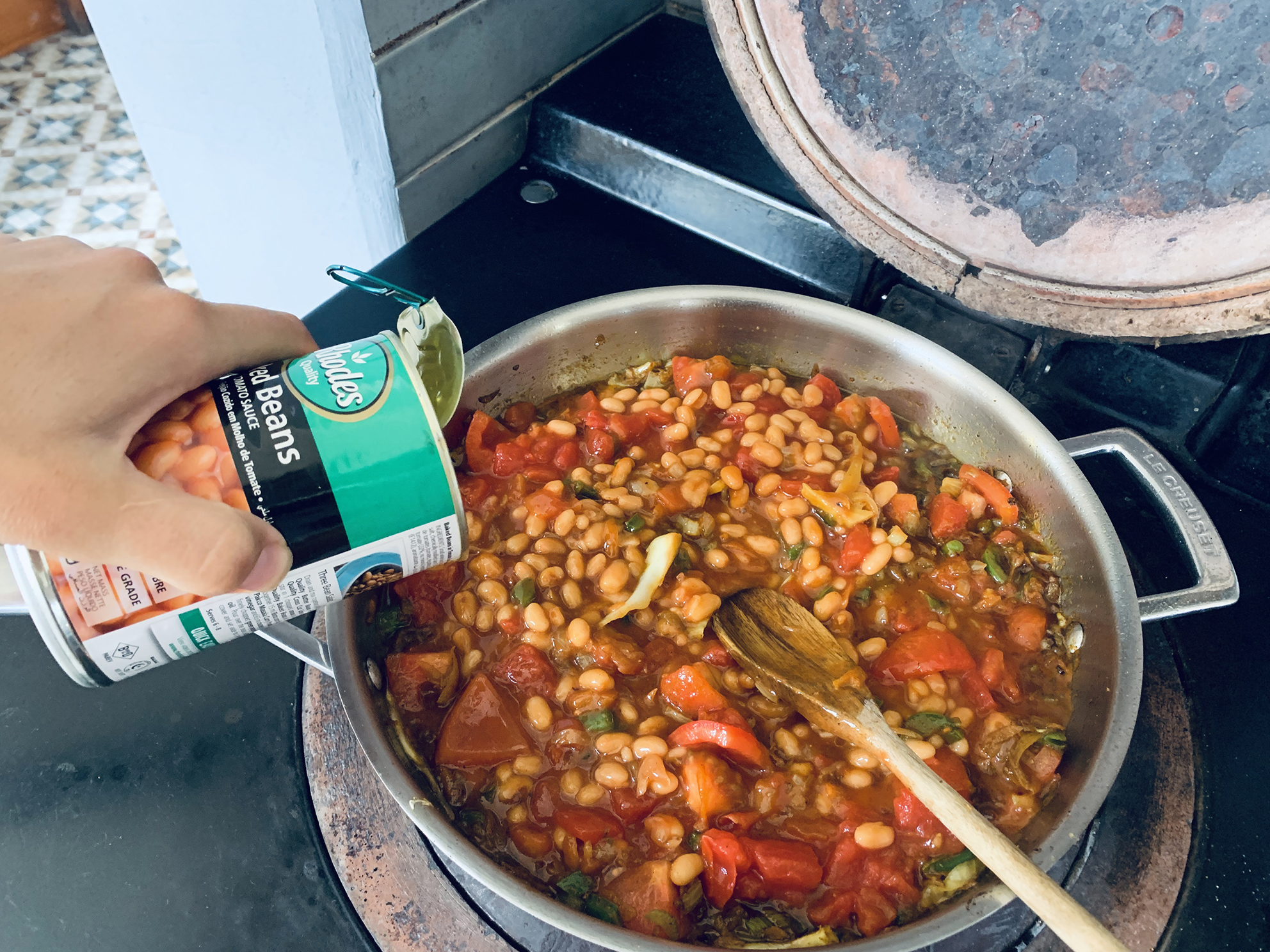
Curry powder is a favourite when cooking chakalaka. It not only adds flavour and colour, but also aids in the preserving of the relish in that it develops more and more flavour as the days go by.
Chakalaka is an authentic South African vegetable relish, usually spicy, that goes with anything from pap to samp to braaivleis. It’s believed to have originated in Joburg’s townships and gold mine hostels.
A dish borne of an amalgamation of different cultures and cuisines, it was made by working men who craved a taste of home. Inevitably, the mix of flavours reflected the mix of the people making it; Xhosa, Zulu and Mozambican influences can be seen in the use of curry spices, chillies, tinned beans and tomatoes, and even things like corn, carrots and cabbage.

The boereworsrol was the carrier for the ‘smoortjie’, however, it started out with the relish being a carrier for the wors, at first.
Even today, the spicy relish has a distinct Portuguese flair, which influenced Mozambique’s cuisine. As many mineworkers crossed the border to Joburg, it’s no surprise that the flavours showed up in the miners’ chakalaka.
It was – and still is – the perfect accompaniment to pap and braaivleis.
Celebrity chef and Mi Casa lead singer J’Something, in his debut cookbook Something’s Cooking, creates a moreish chakalaka with tinned baked beans, tomatoes and a cup of his favourite hot atchar… just to give it that extra kick.
“I find so many similarities in Portuguese and South African food,” he says. “Food that is not pretentious, or expensive… but food that tells a story, that is comforting and delicious.”
Humble chakalaka ties together these fundamentals in a lekker spicy lesson that also supports a “no waste” lifestyle.

Chakalaka is best served with ‘stywepap’ and some braaied meat.
A Kaapse smoortjie and Eastern Cape “isishebo” does the same thing… it stretches ingredients without compromising on flavour. Cape Malay-inspired smoortjies often have a sweetish tang. The most famous of the smoortjie family – the “tamatiesmoortjie” – has spread across the country on the back of the boereworsrol (quite literally). It started, however, as a carrier for the wors.
Cape Malay smoortjies often feature cut up sausages in a tomato-based stew that can feed the whole family, and then some.
It’s the same for the Xhosa “isishebo”, another proudly South African relish mix… sans the sugary notes.
“You can make an isishebo stew with whatever you have. We usually add tinned tomatoes, onions, curry, carrots… and eat it with ‘stywepap’,” says Xhosa ’shebo expert Ncumisa Dywili. “It’s the best when you eat it with wors, but you can ’shebo with frikkadel too. It’s very, very delicious.”
Afrikaners have another saucy trick up their sleeve, with mustard. “Wondermosterd” is exactly what it says… a wonder. And the ultimate stretching of flavour… It involves cooking eggs with sugar and white vinegar and adding only a little yellow mustard powder to create what 100% of the Afrikaans-speaking population understand to be mustard. And we eat it over everything – from the Christmas ham to baked beef tongue and braaibroodjies. We even use it as a dressing for traditional “broodslaai”.
And then there’s Monkey Gland Sauce. A South African favourite enjoyed best on braaied steak. Foreigners fall on their backs when we talk with gusto about this peculiar condiment seemingly made with primate parts. South Africans know, of course, that monkey gland is simply a sauce made with onions, Worcestershire sauce, tomatoes, sugar and chutney.
The origin is slightly more eccentric…
According to food historian Eric Bolsmann, it’s named after a Russian-born French scientist, Dr Abrahamovitch Serge Voronoff, famous for grafting monkey testicle tissue onto the testicles of men, believing that this was an effective treatment to induce rejuvenation.
*Faint*
Legend has it that Voronoff was a regular in London’s Savoy Hotel, where his favourite dish was a steak, dressed with a tangy sauce and flambéed with brandy by the Italian maitre d’.
That Italian maitre d’, one Cavaliere Fiorino Luigi Bagatta, later came to South Africa to work in the old Carlton Hotel in Joburg, where he introduced his speciality, the “Monkey Gland Steak”. South Africans – keen enthusiasts of both steak and brandy – loved it, naturally.
Later, however, the recipe was dulled down a bit and we no longer flambé it… while the brandy is now served on the side to be enjoyed with ice and Coke.
If you’re a fan of the sweet-and-sour and need something exciting for your next braai, try my dad’s special oyster sauce concoction. It’s like a carpetbagger steak meets pastorie-chicken sauce … (and don’t judge until you’ve tasted it).
Oom Wentzel’s Special Oyster Sauce
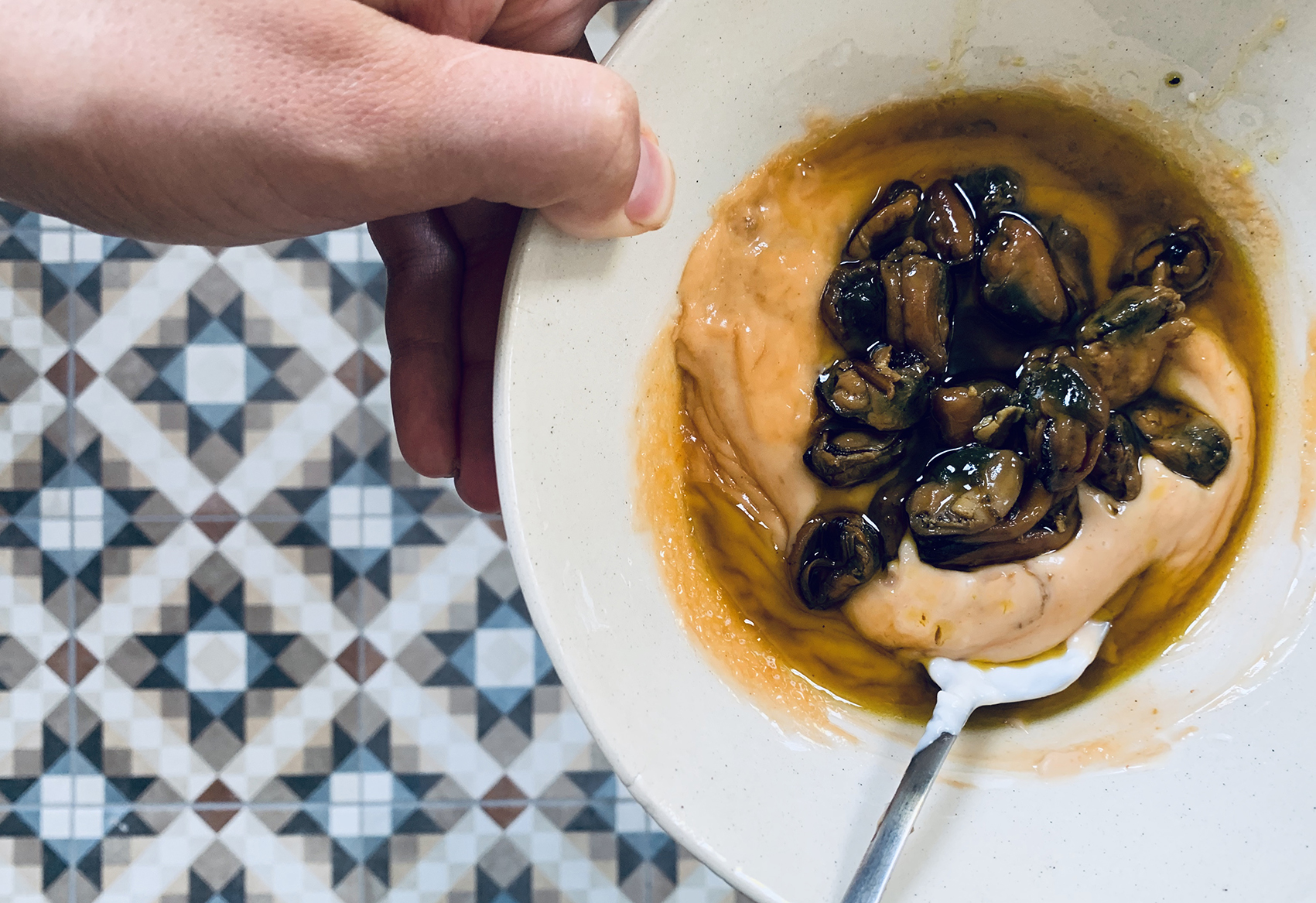
The Lombard family recipe Oyster Sauce, made with three basic ingredients.
½ cup mayonnaise
½ cup home-made apricot jam
1 tin of smoked oysters in sunflower oil
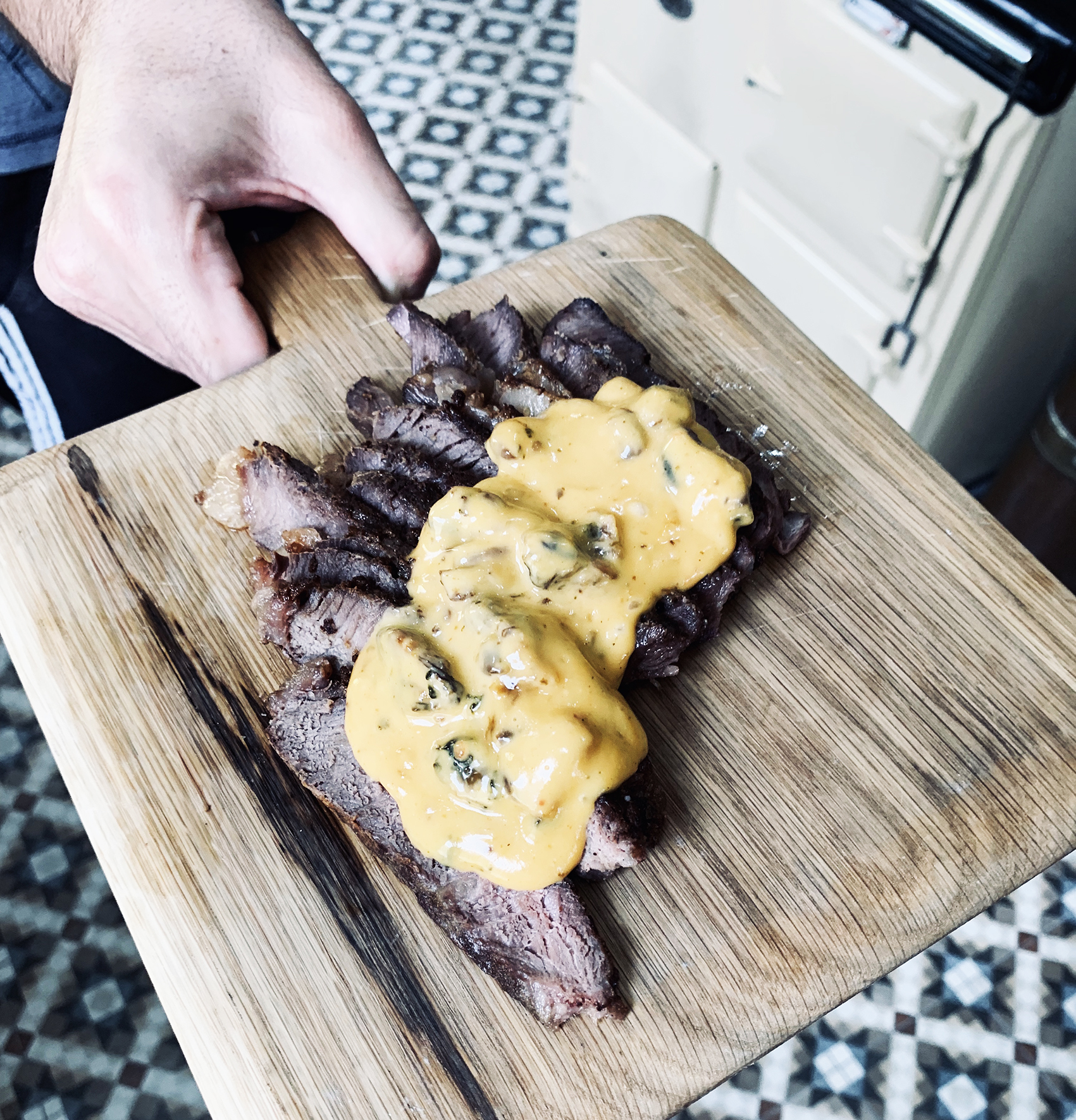
The sweet-and-sour sauce is best enjoyed over grilled steak.
Heat the mayo and jam until boiling before stirring in the smoked oysters with their oil. Serve warm with braaied chicken or steak and chips. DM





 Become an Insider
Become an Insider